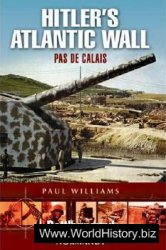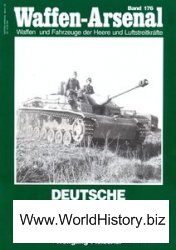At the close of the Pleistocene, warmer temperatures and decreased precipitation led to desiccation of ancient lakes and widespread extinction of megafauna. This begins the Early Holocene epoch, in which native Californians diversified their lifestyle in accordance with minor differences in local environmental conditions. While archaeological assemblages suggest continued emphasis on hunting of large modern mammals, diet diversified to include increasing amounts of regionally distinctive plant foods, smaller mammals, and small amounts of freshwater and marine shellfish. Increased numbers of sites, as well as discovery of limited-use sites, suggest a highly mobile lifestyle, probably of small family groups foraging far and wide over the course of the year, rarely returning to the same location twice.
Among the best known of these Early Holocene cultures are the San Diegito who plied the coastal regions, hills, valleys and deserts of southern California between about 7000-8000 and 10 000 BP. Large, coarse stone knives and projectile points suggest continued emphasis on large mammals such as deer; but bone assemblages from San Diegito sites suggest greatly increased hunting of small mammals, especially rabbits. Additional crude stone implements include drills and engraving tools, perhaps used to work bone or wood. Although bone tools are not characteristic of San Diegito sites until the later stages of the era, wooden objects are not expected to preserve, and may have been present throughout the time frame. The potential for wooden tools, as well as a wide variety of heavy scraping and chopping tools, hints at increased levels of plant exploitation, or something more than focused butchering of game. By the end of the San Diegito Period, grinding implements of stone (manos, metates) appeared, suggesting expansion of the diet to include hard seeds; bone awls indicate basket-making, a craft probably designed to assist in gathering plant foods; and the San Diegito expanded their diet to include small quantities of marine shellfish. In all, the San Diegito entered the time frame as focused hunters of large game and exited as generalized hunter-gatherers. The expansion of habitat and dietary breadth was probably encouraged by, and in turn permissive of, steady population growth despite what was, from the Clovis perspective at least, a deteriorated environment.
Synonyms for the San Diegito time frame include the statewide designations Early Holocene, Early Archaic, and the Western Pluvial Lakes Tradition; the Lake Mojave Tradition of the deserts; Buena Vista of the Central Valley; and the Borax Lake (Post) Pattern of northern California.




 World History
World History









